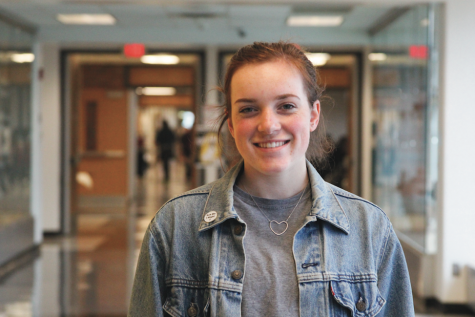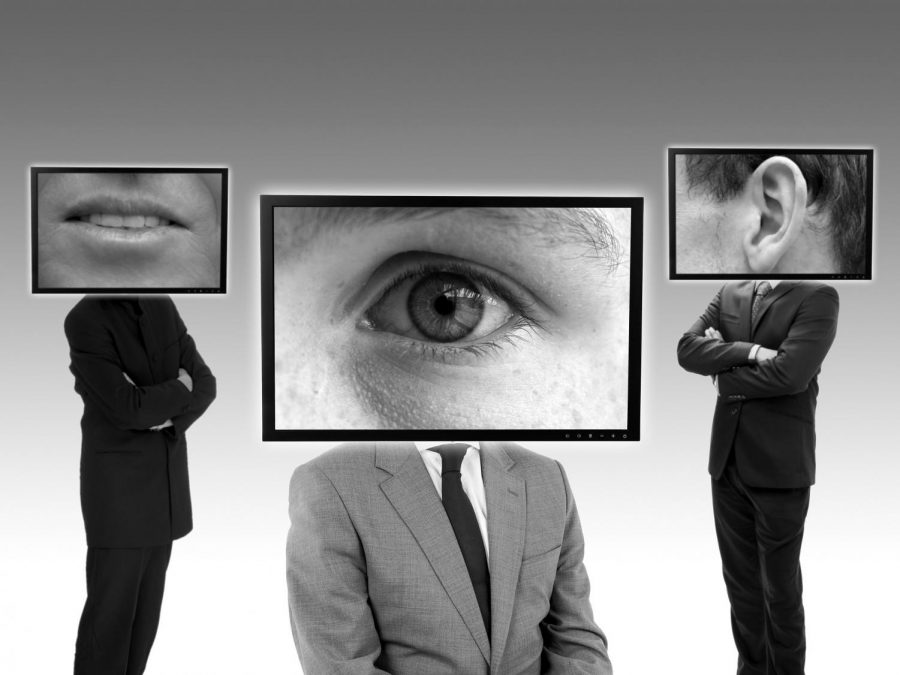Big Brother
Big Brother is not the enemy
Public surveillance is a relatively new development created to keep the public safe and to aid the police in order to solve crimes efficiently and orderly.”Big Brother,” as public surveillance has been nicknamed, was not created to meddle in the lives of private citizens, but as a countermeasure against mass attacks to protect citizens. While some believe surveillance may be an invasion of privacy, it should continue to be implemented in all public areas because it can protect citizens when used properly.
The primary reason public surveillance is necessary is to elevate public safety. This is done by having cameras faceted at all angles of public areas as a preventative measure the police can use to monitor for suspicious behavior before any detrimental attack occurs. But, in the unfortunate event that an attack does occur, law enforcement can identify the assailant quickly and accurately with surveillance systems. This can be seen through the events of the Boston Marathon bombing. Without intricate surveillance systems, police would have to rely on various eyewitness descriptions of the attacker. As the Editor-in-Chief of the Stanford Journal of Legal Studies, Laura Engelhardt asserts that when recalling memories, bias always creeps in, even without conscious knowledge of it. So, if there had not been public surveillance systems present to capture a non-biased image of the attacker, then law enforcement would be relying on bystanders descriptions of the attacker, which has been proved to not always be accurate. Heather Kelly is a CNN Tech reporter with a degree in journalism from NYU and wrote an article covering the pros and cons of public surveillance during the Boston Marathon bombing. She mentions that, “ It took the FBI only three days to release blurry shots of the two suspects.” These surveillance systems cut down on the time it took for law enforcement to get an image out to the public which increases the likelihood of a civilian recognizing the attacker and subsequently helping speed up the investigation in order to ensure that the attacker is found. Overall, public surveillance systems are an asset that the public does not usually notice, but do more good than harm. Cameras ensure that the correct criminal is brought to justice in a timely fashion.
Surveillance systems can also help create a safer environment in schools. In respect to the events of the Sandy Hook Elementary school massacre, experienced journalist Alyssa Morones emphasizes that surveillance systems as well as buzzer entrance systems need to be implemented so attackers will be dissuaded to cause terror in fear that they will be identified immediately upon entering the school. Surveillance systems act as a protective shield for students and can deter unsure attackers from causing mass injury due to the understanding that they will be caught immediately. With the inclusion of surveillance systems to the exterior of school buildings and entrances, students will feel safer coming to school and have less fear about an outside attack. Not only do surveillance systems serve as an outside layer of protection to students, but cameras positioned in hallways create an even greater sense of security for students. This is because the cameras monitor potentially threats and dangerous behavior between students. While faceted inside of schools, cameras act as another preventative of dangerous behavior between students due to the same reasons, identification of the attacker will be quick and accurate.
In conclusion, public surveillance isn’t the enemy. When used properly public surveillance has the ability to adequately protect citizens and protect against potential dangerous situations.

Victoria Wilson is a senior staff writer for “The Tiger Print.” In her free time she works part-time at Chipotle and enjoys to read non-fiction psychology...




